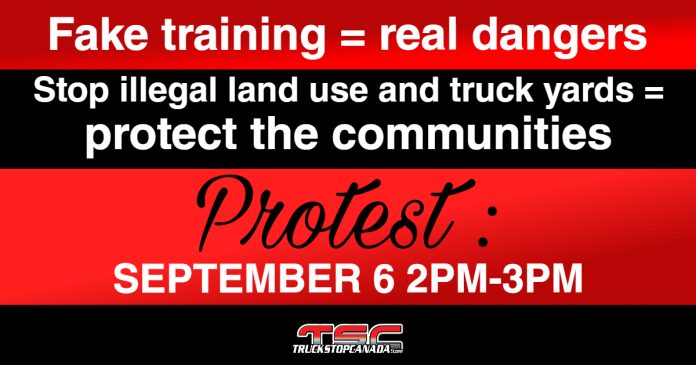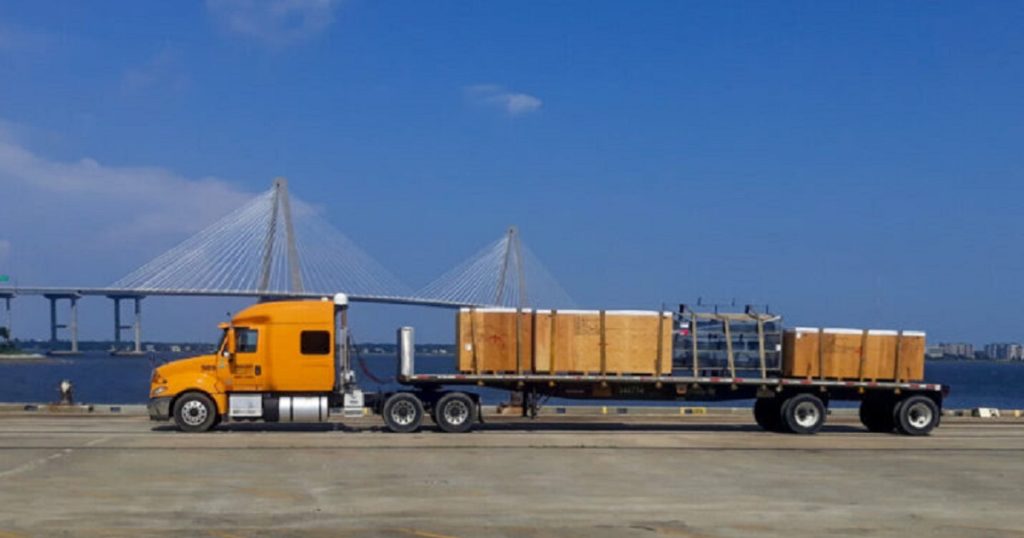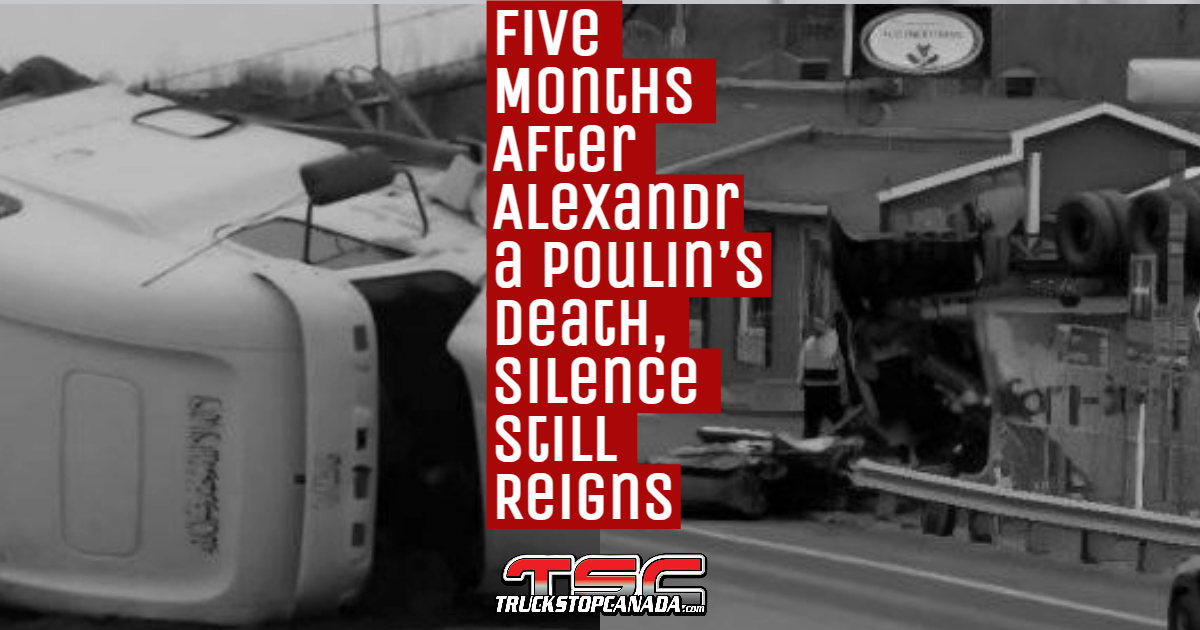The controversial “Driver Inc.” model, also known as “ghost drivers,” has now reached the federal stage with a formal request for a nationwide investigation.
Through its transport critic, Member of Parliament Xavier Barsalou-Duval, the Bloc Québécois is urging Ottawa to take decisive action against this practice, which undermines road safety, working conditions, and economic fairness in the trucking sector.

For years, unions, associations, and truck drivers have denounced this scheme, which pressures drivers to incorporate themselves and operate as independent contractors even though, in reality, they are employees.
This arrangement allows companies to sidestep tax and social obligations while depriving drivers of crucial protections. According to Barsalou-Duval, the scale of the problem is considerable across Canada, particularly in Ontario and Québec, where the practice is widespread. He argues that it not only compromises road safety but also deprives governments and workers of essential tax revenues.
Unfair Competition and Road Dangers
Beyond fiscal losses, the impacts on drivers and the industry are profound. Barsalou-Duval maintains that law-abiding truckers are being gradually replaced by subcontracting practices he described as unfair and dangerous. This creates a dual threat: honest drivers see their jobs endangered, and overall working conditions and road safety deteriorate.
The concerns have already sparked action within the industry. Earlier this year, the Québec Trucking Association (ACQ), the Québec Professional Towing Association (APDQ), and the Teamsters union joined forces to demand urgent government measures. Their coalition highlights the growing alarm within the sector and the urgent need for stricter enforcement.
Rising Fatalities on Québec Roads
The debate is not limited to finances. According to data from the Société de l’assurance automobile du Québec (SAAQ), fatalities involving heavy vehicles rose by 35% between 2023 and 2024. A particularly deadly week in late August, during which three tragedies occurred, underscored the human toll of unsafe practices.
A Call for a Federal Inquiry
In his formal correspondence to Transport Minister Steven MacKinnon, Barsalou-Duval pressed the government to use its powers under the federal Motor Vehicle Transport Act. He argued that an official inquiry is needed to assess the true scope of the Driver Inc. phenomenon, identify employer abuses, strengthen oversight, and implement the necessary regulatory measures. Such an inquiry, he said, would be an essential step to protect workers’ rights, safeguard road users, and preserve the economic integrity of the trucking industry.
Restrictions on Temporary Foreign Workers
Barsalou-Duval also proposed restricting the use of the Driver Inc. model for temporary foreign workers. He suggested maintaining them strictly as employees rather than allowing incorporation, drawing a parallel with other strategic sectors such as civil aviation or marine piloting, where citizenship is required for safety and security reasons.
Longstanding Concerns from the Industry
At Truck Stop Québec/Truck Stop Canada (TSC), this issue has been followed closely for years. Correspondence had previously been sent to Steven MacKinnon when he served as Minister of Labour, raising alarms about the damages caused by Driver Inc. practices. The responses received confirm that the minister was already familiar with the issue, and the industry now hopes that, in his new role as Minister of Transport, he will act decisively.
TSC also recalls that the topic was discussed with Barsalou-Duval during his appearance on its trucking radio on March 27 of this year. Even then, he demonstrated a clear understanding of the dangers associated with Driver Inc. The fact that he is now pushing this fight to Ottawa is seen as a necessary step forward.
A Test of Political Will
For many within the trucking industry, this push for federal action represents long-awaited political courage. They insist that it must continue, not only for the protection of the industry itself but also for the safety of all road users. Most importantly, they argue that honest truck drivers deserve to see their image restored, free from the shadow of companies exploiting Driver Inc. schemes and the tragic accidents that follow.
























 The economic impact is significant. According to U.S. Department of Transportation figures, delays at loading docks cut long-haul drivers’ annual earnings by an estimated $1.1 to $1.3 billion USD and also reduce carriers’ net income. The DOT also reports that a 15-minute increase in average wait time can raise the likelihood of a crash by 6.2%.
The economic impact is significant. According to U.S. Department of Transportation figures, delays at loading docks cut long-haul drivers’ annual earnings by an estimated $1.1 to $1.3 billion USD and also reduce carriers’ net income. The DOT also reports that a 15-minute increase in average wait time can raise the likelihood of a crash by 6.2%.









